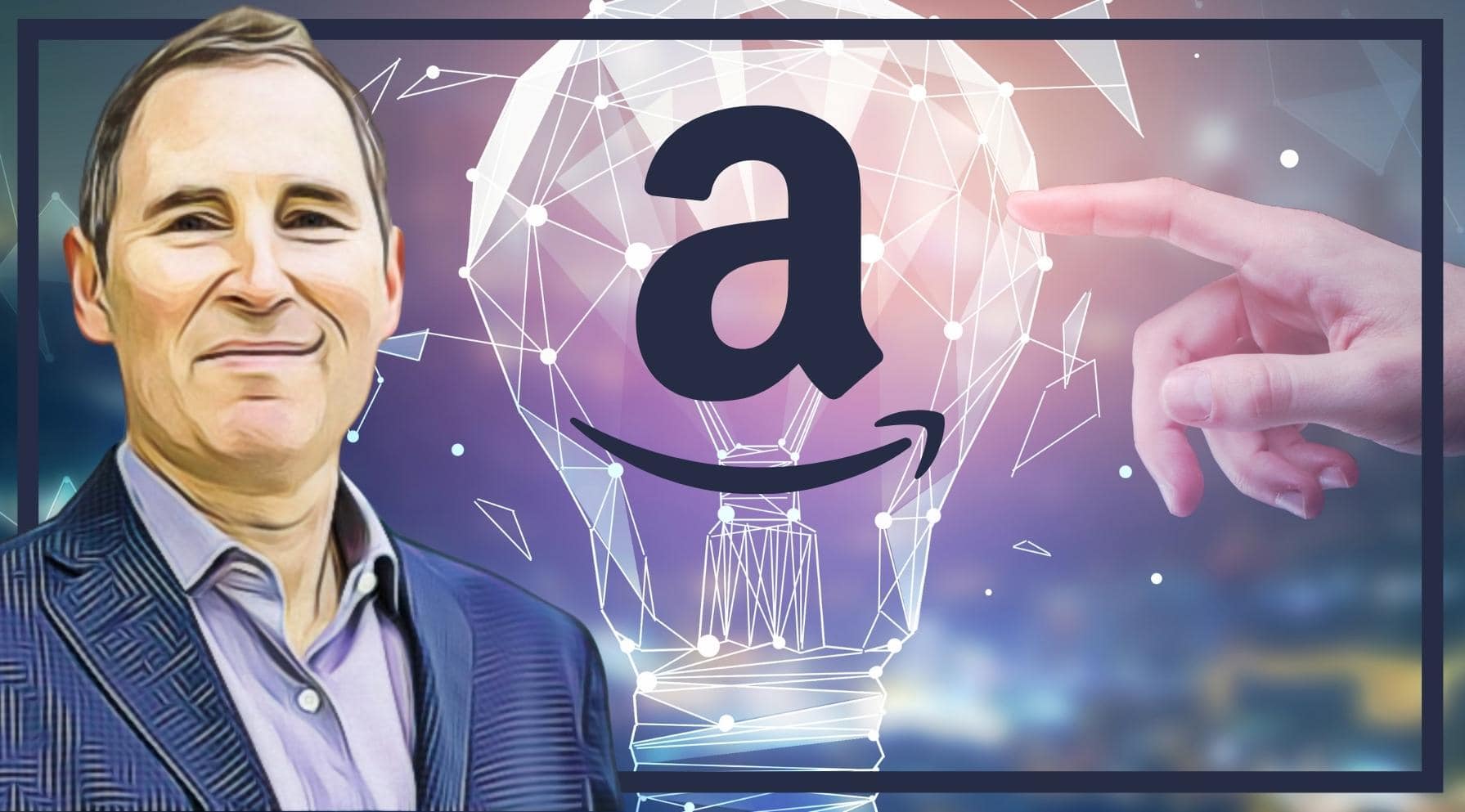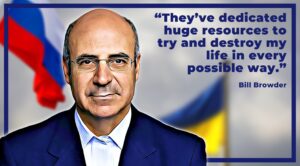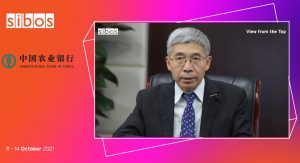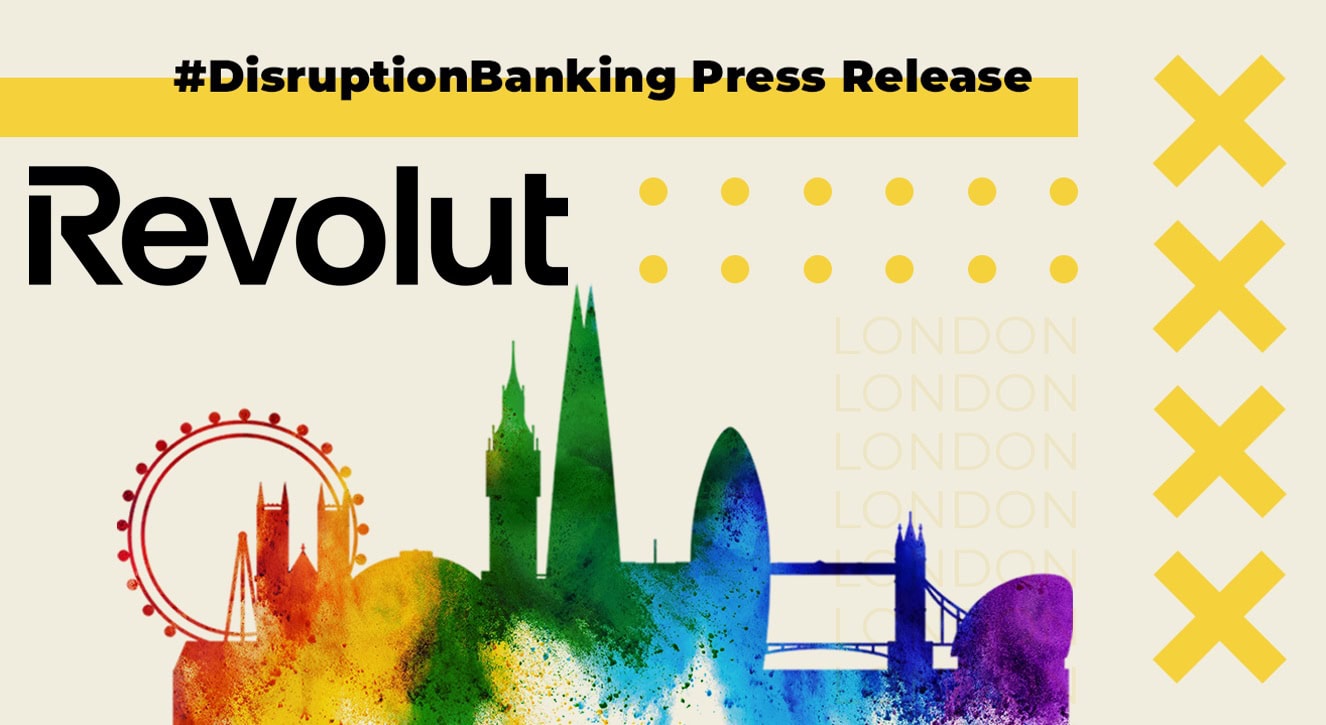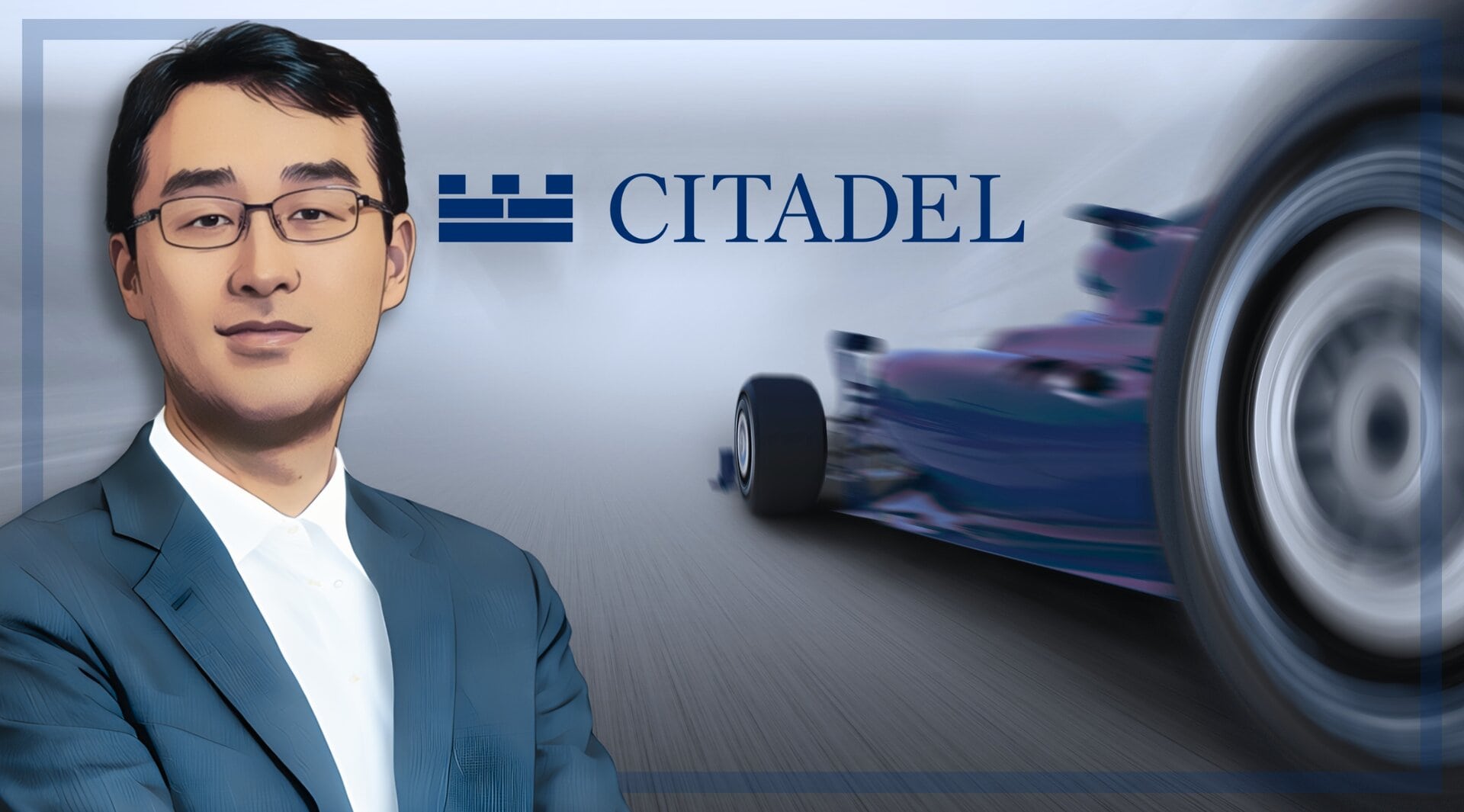After 27 years, Amazon-founder Jeff Bezos handed over the company’s leadership to Andy Jassy last year. The Harvard graduate has been with Amazon since 1997 and has previously led Amazon Web Services (AWS), the firm’s cloud computing unit. Earlier this week, Jassy published his first annual shareholder letter – the first not to be penned by Bezos since he founded Amazon in 1994.
Andy Jassy, the Amazon leader who is set to take over as chief executive from founder Jeff Bezos, is a longtime acolyte of his boss who helped come up with the idea for cloud-computing https://t.co/279cwlJvwj
— The Wall Street Journal (@WSJ) February 3, 2021
This letter is perhaps the most important piece of writing Andy Jassy has ever done. Shareholders and the wider market will form a first impression of him based on this letter. On top of that, the shoes that Jeff Bezos left him are quite big to fill. As Jassy acknowledged: “Jeff set the bar high on these letters, and I will try to keep them worth reading.”
Vow to reduce injuries
In his final letter, Bezos vowed to make Amazon “Earth’s Best Employer and Earth’s Safest Place to Work.” Amazon remains far from fulfilling this pledge. Although Jassy admits that Amazon’s “recordable incident rates were a little higher than the average of our warehousing peers,” the Strategic Organization Center reports that “Amazon’s injury rates were over double the injury rate in the notoriously hazardous general warehousing industry.”
Amazon has come under scrutiny from lawmakers recently due to these figures. California lawmakers have passed a landmark bill aimed at regulating Amazon’s use of productivity quotas in warehouses, which has been thought of as a key driver of high injury rates. The firm will also have to conduct US racial equity audit following pressure from shareholders, who had accused the company of putting a disproportionate number of workers of colour in harm’s way.
.@Amazon warehouse workers get injured at TWICE the rate of workers in other warehouses, and the injury rate rose 15% in 2021. Amazon’s punishing quota and surveillance systems sacrifice basic worker safety for corporate profits. This has to stop. https://t.co/I4AfuyVF4c
— Elizabeth Warren (@SenWarren) April 14, 2022
To address these concerns, Jassy writes that he has spent a considerable time in fulfilment centers and with the safety team. He had hoped to find “a silver bullet that could change the numbers quickly” but apparently could not find one. Nevertheless, he promises to approach the employee experience just as seriously as customer experience in order to find a solution: “We’ve researched and created a list of what we believe are the top 100 employee experience pain points and are systematically solving them. […] We’ll keep learning, inventing, and iterating until we have more transformational results. We won’t be satisfied until we do.”
He also highlights that in 2018 Amazon championed a $15 minimum wage for the more than a million Amazonians working in fulfillment network, which has since been increased to $18. Along with this compensation, Jassy is keen to note that Amazon offers benefits such as full health insurance, a 401K plan, up to twenty weeks of parental leave, and full tuition coverage for associates who want to get a college education. His detractors, of course, will say this is no replacement for safety at work.
One thing that Jassy avoids mentioning in his letter, though, is the unions. In his final letter, Bezos clearly stated that he was unsettled by the Bessemer union vote, which is still pending. Jassy addressed neither this nor the fact that JFK8 warehouse workers in Staten Island voted in favour of a union, despite the fact that he recently argued that employees would be better off not joining a union. He argues that a bureaucratic union would undermine the direct relationship between workers. As Amazon is the second largest employer in the United States, how Jassy handles this situation might have far-reaching implications for the whole domestic labour market. If more Amazonians are able to unionise, that might shift the balance of power between employers and employees.
Another Amazon warehouse, this time in New Jersey, has qualified to hold a vote on whether to unionize — just weeks after the first Amazon facility in the United States successfully voted to organize. https://t.co/NHLvxGtWWW
— The Washington Post (@washingtonpost) April 19, 2022
Pandemic-fueled growth
On another note, Jassy highlighted Amazon’s unique, magnified role during the pandemic, and how its main business lines benefited from that. “2021 was a crazy and unpredictable year, continuing a trend from 2020,” he recalls. Lockdowns and the closure of physical venues meant that “hundreds of millions of people relied on Amazon for PPE, food, clothing, and various other items that helped them navigate this unprecedented time.”
The consumer revenue grew exceptionally 39% year-on-year (YoY) in 2020, increasing to 43% YoY in Q1 2021. “We realised the equivalent of three years’ forecasted growth in about 15 months,” he notes. As economies opened up again starting in Q2 2021, however, the revenue growth declined, bringing the two-year Consumer compounded annual growth rate to 29%. Jassy comments on this figure saying that “customers appreciated the role Amazon played for them during the pandemic, and started using Amazon for a larger amount of their household purchases.”
The surge in online shopping during the pandemic coupled with supply chain shortages have cause prices to rise: https://t.co/tozpt7Ytpk
— Forbes (@Forbes) November 18, 2021
Furthermore, it was not just consumers who were affected by the pandemic. Businesses and governments, too, had to shift from working on-premises to working remotely. “AWS played a major role in enabling this business continuity,” Jassy writes. “Whether companies saw extraordinary demand spikes, or demand diminish quickly with reduced external consumption, the cloud’s elasticity to scale capacity up and down quickly, as well as AWS’s unusually broad functionality helped millions of companies adjust to these difficult circumstances.” Consequently, AWS’ revenue grew by 37% YoY in 2021, rebounding after a 30% YoY growth in 2020 and matching the pre-pandemic 2019 growth rate.
This growth also brought forth short-term logistics and cost challenges. “We spent Amazon’s first 25 years building a very large fulfillment network, and then had to double it in the last 24 months to meet customer demand,” Jassy notes. The challenges were further amplified by a tightening labour market, supply chain disruptions, and extra transportation and productivity costs. The new CEO also mentions the war in Ukraine – though not as extensively as JPMorgan CEO Jamie Dimon did in his letter – noting that it will exacerbate fuel cost and inflation issues.
Amazon imposes 5% “fuel and inflation” fee on sellers who use Prime shipping https://t.co/YsWycEG2a5 by @JBrodkin
— Ars Technica (@arstechnica) April 14, 2022
Iterative Innovation
In his first shareholder letter, Andy Jassy also comes up with a new catchphrase that he believes encapsulates Amazon’s success: iterative innovation. “Iterative innovation creates magic for customers,” he says. “Constantly inventing and improving products for customers has a compounding effect on the customer experience, and in turn on a business’s prospects.”
To demonstrate what he actually means by iterative innovation, Andy Jassy takes a trip down memory lane, exploring how Amazon’s various business units have expanded over the years. Amazon’s unparalleled fulfilment network, for instance, has been constantly reshaped for two decades through experimenting and inventing to improve customer experience time and time again. Indeed, Amazon’s business model is so customer-centric that the term “Amazonisation” has been coined to describe the approach when a business puts the customer experience at the forefront of everything it does.
In the early 2000s, it took Amazon an average of 18 hours to get an item through its fulfillment centers and on the right truck for shipment. Now it takes two. In 2004, Amazon had seven fulfillment centers in the United States, and four in other parts of the world. By the end of 2021, it had 253 fulfillment centers, 110 sortation centers, and 467 delivery stations in North America, and 157 fulfillment centers, 58 sortation centers, and 588 delivery stations across the globe. At the same time, Amazon’s delivery network grew to more than 260,000 drivers worldwide – and its Amazon Air cargo fleet has more than 100 aircraft – ensuring that the more than 200 million Prime customers receive their packages within a couple of days.
“The beauty of this mission is that you never run out of runway; customers always want better, and our job is both to listen to their feedback and to imagine what else is possible and invent on their behalf,” Jassy writes. “We’re divinely discontented with customer experiences.”
Perhaps this innovation is best exemplified by the Prime Video venture. Kicking off in 2006, the service called Amazon Unbox allowed customers to download about a thousand movies from major studios. However, as bandwidth got much faster, streaming proved to be a better solution. By 2011, the rebranded Amazon Instant Video offered over 5,000 streaming movies and shows as part of customers’ Amazon Prime subscriptions. To overcome expensive deals and country-specific restrictions, Amazon started producing its own movies and series. By 2015, Amazon produced its first award-wining series Transparent and have created various franchises since. “We also expect that you’ll see this iterative invention when we launch Thursday Night Football, the NFL’s first weekly, prime time, streaming-only broadcast,” Jassy notes.
Jassy also made sure to draw attention to The Climate Pledge, an initiative created by Amazon to be net-zero carbon by 2040. This would be ten years ahead of the schedule outlined by the Paris Agreement, which has now over 300 signatories. He stresses that Amazon is committed to power its operations with 100% renewable energy by 2025 and have ordered over 100,000 electric vans to deliver packages. Indeed, the environment component has been at the forefront of Amazon’s ESG commitments, from reducing water usage in data centers to more sustainable packaging.
We’re joining @Stripe, @Google, @Shopify, and @McKinsey in a $925 million commitment to address the climate crisis. This investment will help scale efforts to remove CO2 that’s already in the air to avoid some of the worst impacts of climate change. https://t.co/daTCdKnloP
— Meta (@Meta) April 12, 2022
Overall, Andy Jassy’s first letter covers the topics that are to be expected. He touched on Amazon’s core motivation – that they are “divinely discontented” with customer experiences – in Bezos’s entrepreneurial spirit and the company’s exceptional performance despite, or rather because of, the pandemic. Finally, he has also tried to address the concerns that many employees, and regulators, have regarding safety and wellbeing. Jassy has big boots to fill, and only time will tell if he can do so.
Author: Benjamin Jenei
#Amazon #FAANG #IterativeInnovation #CustomerCentric #Amazonisation


